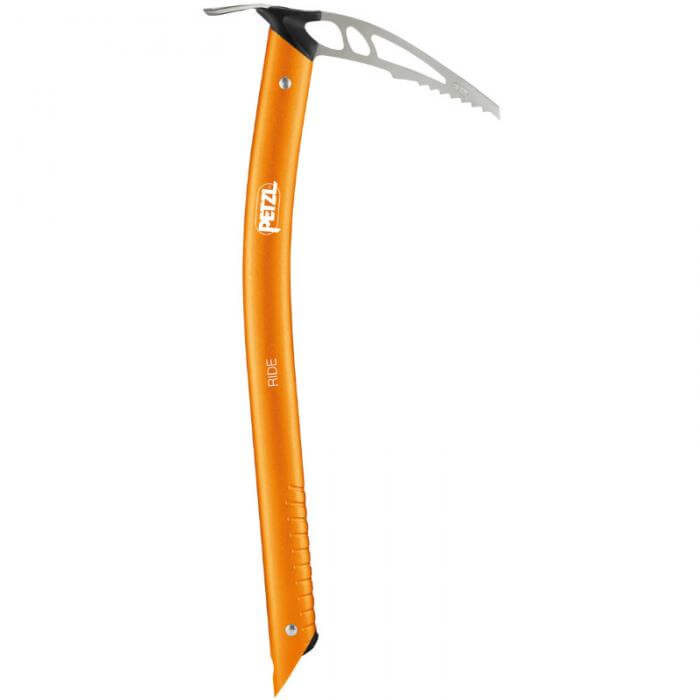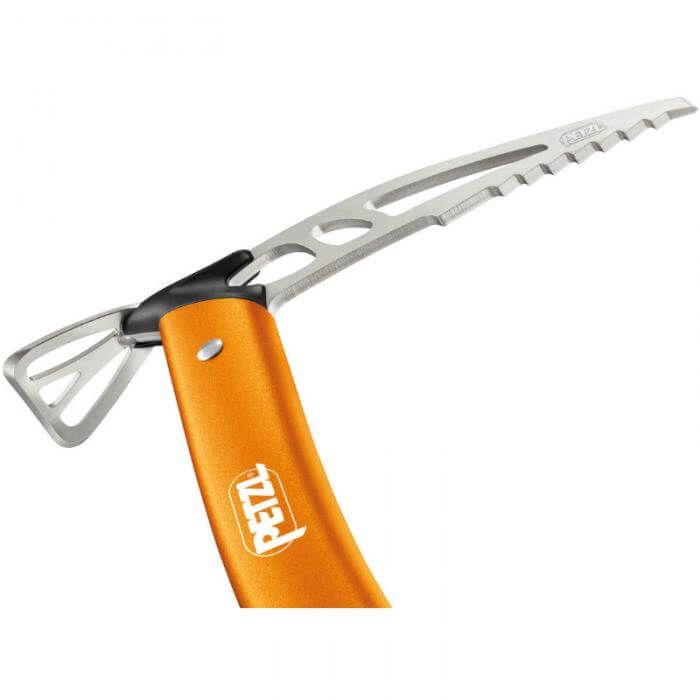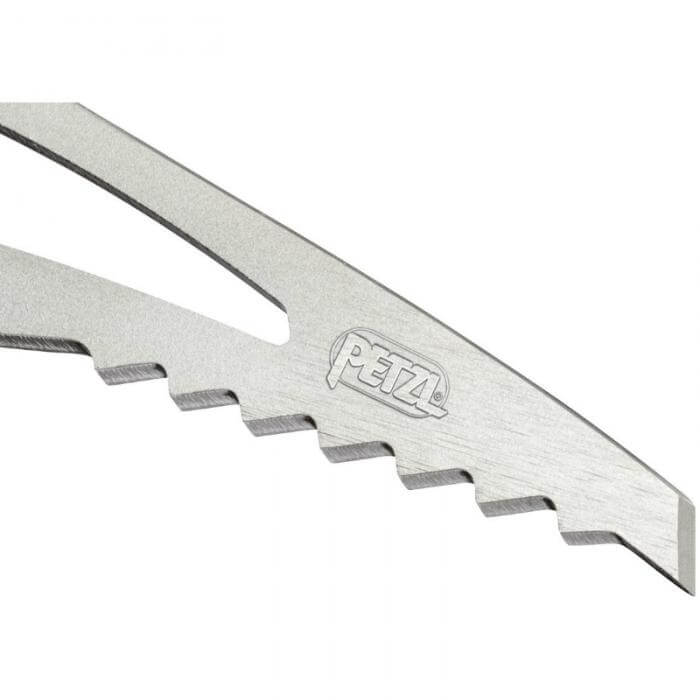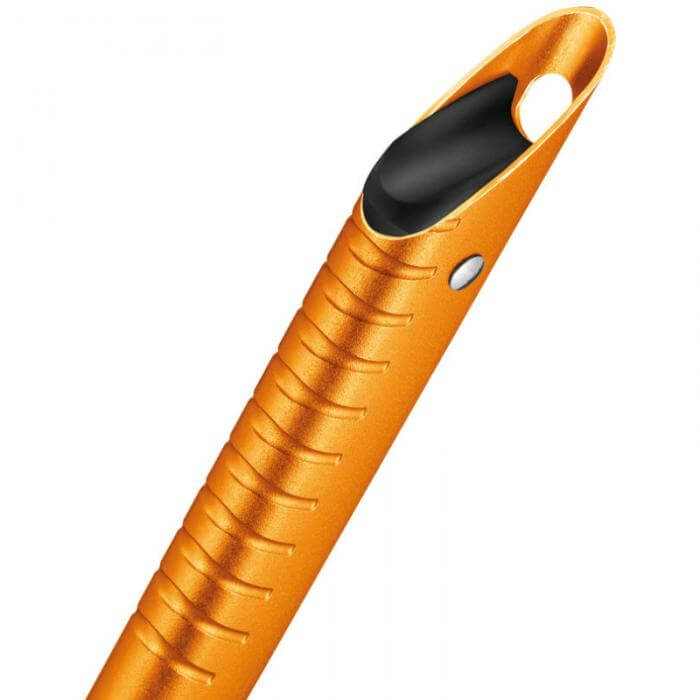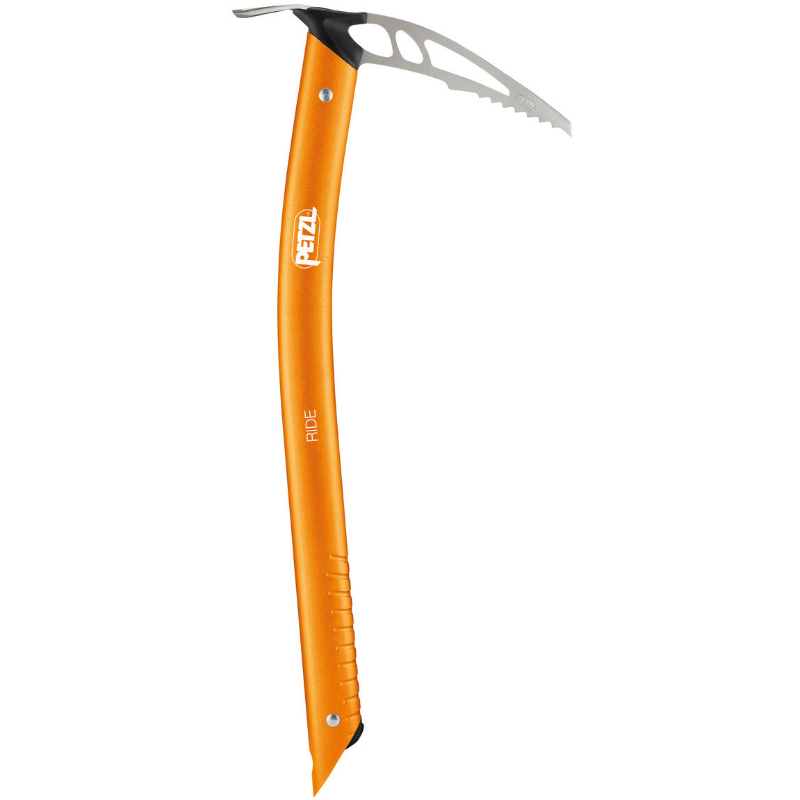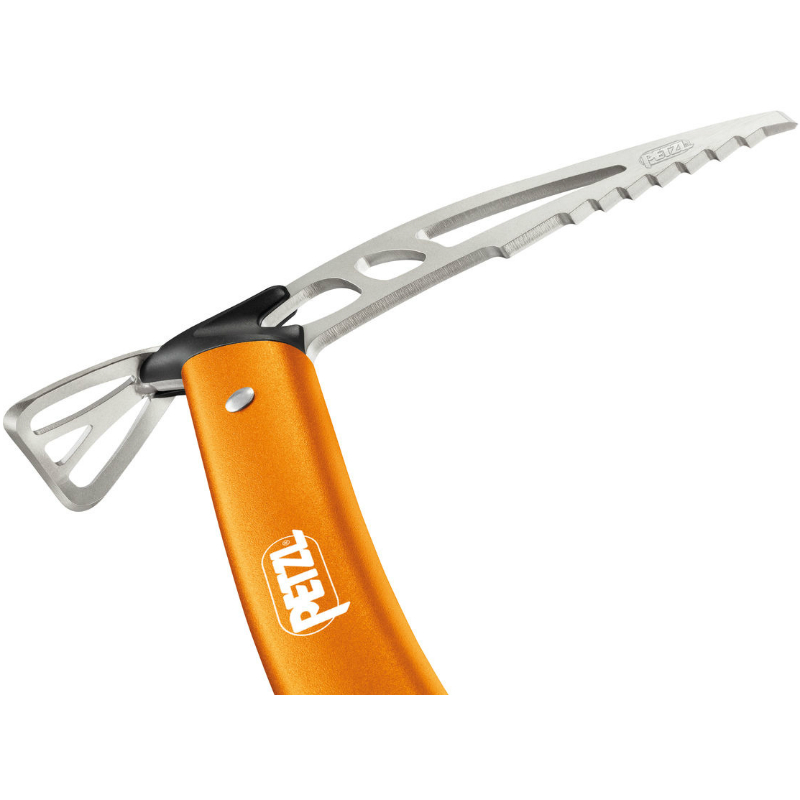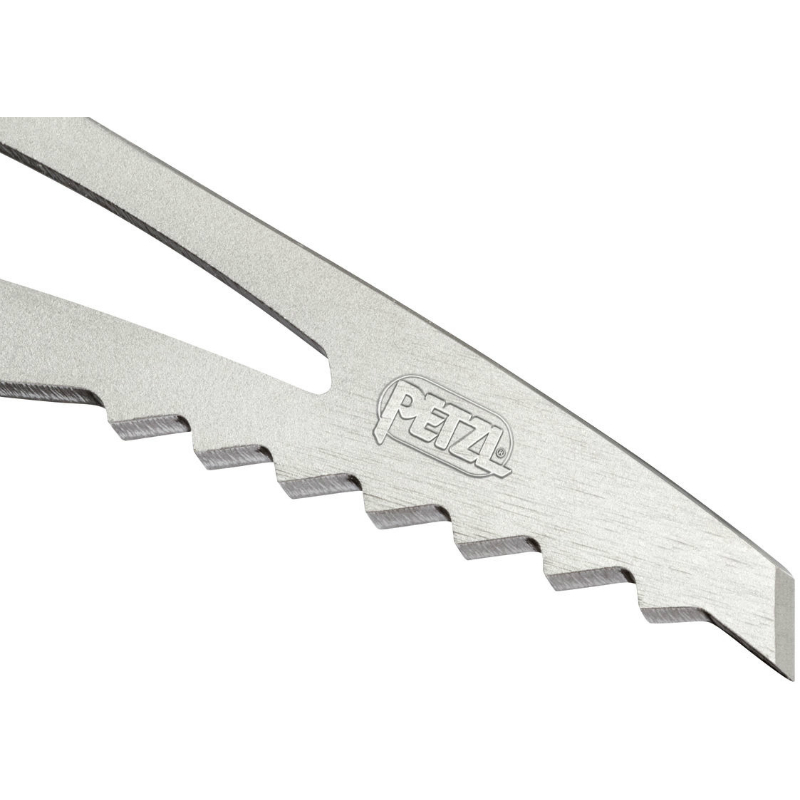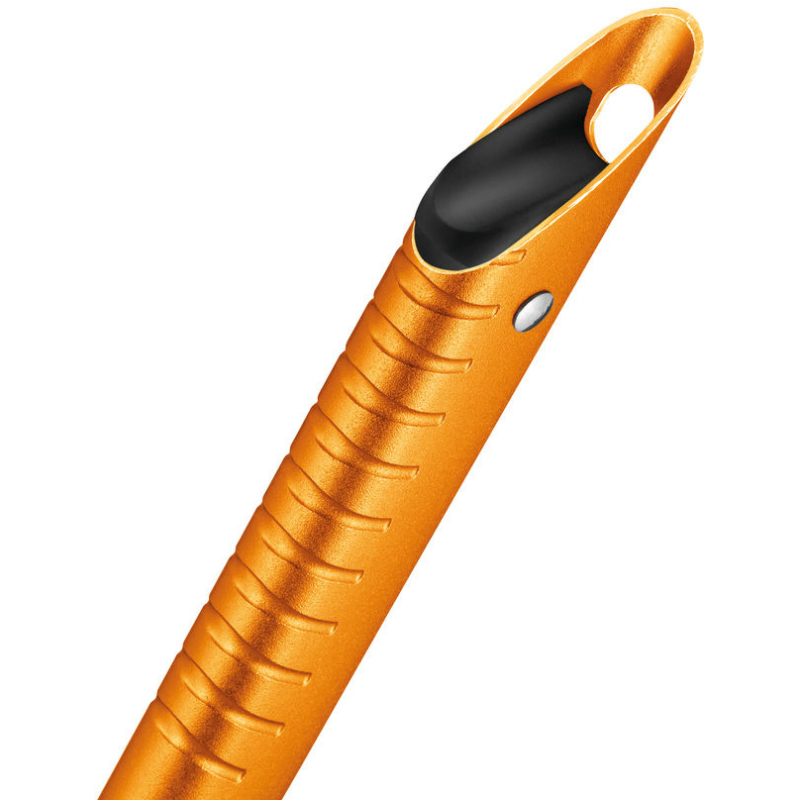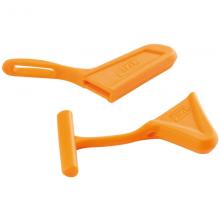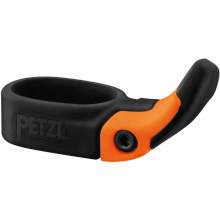Ride
Description
Compact, ultra-light ice axe for ski touring and free riding.
Ultra-light and very compact, the RIDE ice axe goes everywhere with you for ski touring or glacier travel, without weighing you down. Solid placements thanks to the all-steel head, a pick tapered to 3 mm and a bent shaft.
Highly technical:
- ice axe with steel head offering the same performance as a classic ice axe
- pick tapered to 3 mm at the end for good penetration in ice
- curved shaft and machined grip for good handling
Compact: with only 45 cm and a beveled spike, the axe can be stowed inside the pack:
- reduces the risk of injury when the axe is attached to the outside of the pack
- can be stowed inside the pack for more discretion and without risk of damaging the pack
Retail price
This Product is Hard to Find.
We don’t know where you can buy this item online in the US. We’ll continue to check all the major retailers and will update this page as soon as we find one.
If you know where to find this online in the US, let us know, and we’ll add the link.

Weight (g / oz)  Weight (g / oz)In grams and ounces, the weight, as stated by the manufacturer/brand. Since the most common ice axe length is 50cm that is the main length that we reference. When available, we list the weight for each length here. | 250 g / 8.82 oz 45 cm: 250 g / 8.82 oz |
Best Use  Best UseUltralight MountaineeringThe lightest axes available, used most for ski mountaineering, adventure racing, and other "go light" ascents. 350 grams is usually the max weight. The decreased weight means they are axes are built for snow missions, not ice. MountaineeringThis is the most common type of snow mountaineering axe. These axes are above 350 grams and are a great balance of weight and durability. There may be a grip and they will always have an adze head (and no matching hammer pair). These axes are great for snow and can handle chopping steps in ice, or other small ice scenarios. Technical MountaineeringThese axes are for tougher conditions when the majority of climbing is on snow, but the axe needs to be able to handle a short ice wall. They generally have a bent shaft and T-rated (more technical) pick. Often these beefier axes will have a rubberized grip and they may have a matching adze and hammer version. They're basically the offspring of an ice axe and ice tool. |
Ultralight Mountaineering |
Length Options (cm)  Length Options (cm)Measured in centimeters, the best length is based on your height and ape index (arm length). Holding the axe in your hand, the spike (sharp end) of the axe should arrive around your shin. At the max size, it should go to your ankle. Two people of the same height could need a different sized axe, based on arm length (t-rex vs monkey). If in-between sizes, our bias is towards sizing shorter. Rule of Thumb
Worth ConsideringThere are other resources online that suggest a longer axe is a plus and that you should measure below the ankle. We absolutely disagree. A longer axe means you'll be tempted to use it as a trekking pole (which will put you off balance), or you'll have to give your arm a huge workout just to lift it in and out of the snow. Ice axes are meant to be used on the uphill side, which is already much higher. |
45 cm |
Head Details  Head DetailsThis refers to the back of the ice axe head (opposite the pick). 
For ice axes, adze's are (by far) the most common. An adze will allow you to break ice by chopping or shoveling in a specific area, and they also provide more room to hold on to the head than a hammer does. This grip helps for arresting too. Hammers are usually only used as a pair with an adze on the other axe (hammer's are much more common in ice tools than ice axes). A hammer uses a more broad force to break ice bulges. | Adze |
Ice Rating  Ice RatingThe certified rating of the pick and the shaft. These ratings might not match each other. There are only 2 possible shaft ratings: B / Type 1 / CEN-B: Basic | Pick: B / Type 1 Shaft: B / Type 1 |
Materials  MaterialsThe materials, as stated by the manufacturer / brand, of the pick, head, shaft and grip. | Pick: Steel Head: Steel Shaft: Aluminum 7075 |
Certification  CertificationsThe main climbing gear certifications are CE and UIAA--and normally the UIAA creates the rules that the CE body also supports. When possible, we try to list all the certifications the product carries. To sell a climbing product in Europe, the device must be CE certified. There are no official requirements to sell climbing gear in the US. The UIAA certification is a voluntary process. For ice axes, there is a separate certification for the pick and the shaft. Learn MoreRock and Ice Certifications Guide |
CE, UIAA |
Warranty  WarrantyThis isn't super common, but sometimes the manufacturers will state a specific warranty such as "3 years against manufacturer defects" |
3 years against manufacturer defects |
We like several of the different ultralight options for specific applications, but if we could only have one weight-conscious model, the Petzl Ride would be it. It's very nearly the lightest in the fleet, and still offers the highest across the board performance of any sub-12 ounce model we tested. It features the best combination of steep snow climbing performance, ability to self-arrest, and weight of any model. We could even pound the occasional snow-picket with it and would easily consider using it for basic glacier climbs, which is something that our testing team wouldn't consider doing with the majority of other ultralight axes.
Field of application, inspection and additional information with instructional pictures.
Field of application, inspection and additional information with instructional pictures.
Describes with words and helpful photos, how to protect your ice tool and ice axe.
A checklist helping you monitor your ice tool and ice axe health, helping to know when to retire your ice tool and ice axe.
Helpful instruction for inspecting Petzl ice tool and ice axe.

